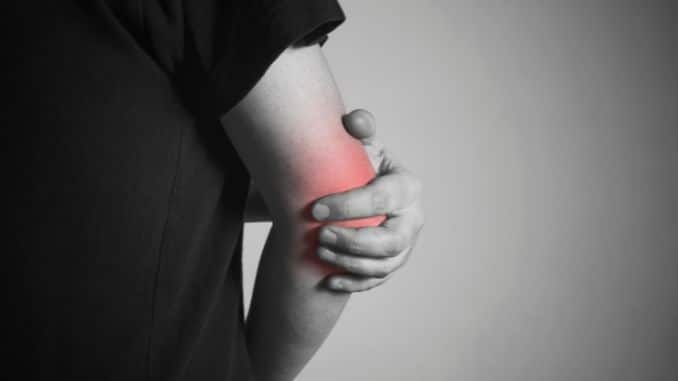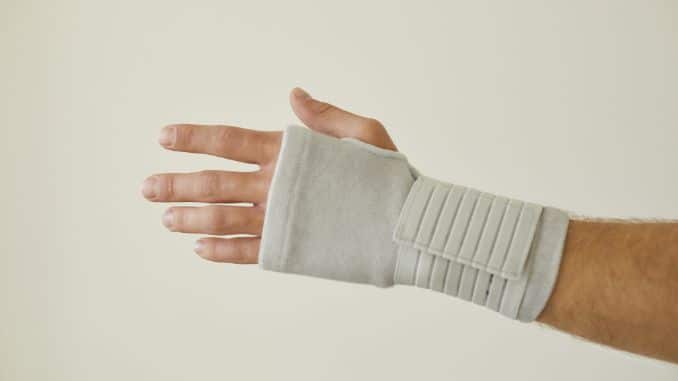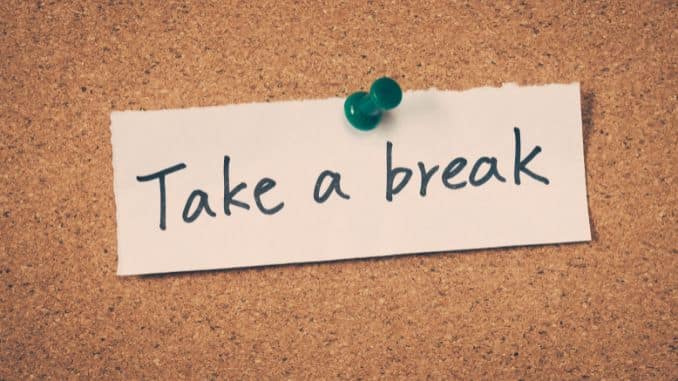
The elbow is a hinge joint composed of three bones, the humerus, ulna, and radius. The elbow allows you to bend your arm. While the radius’s upper part rotates, you can twist your forearm. Elbow pain is a sharp, dull, burning, or pressure discomfort or pain that can be intermittent, constant, or shooting, often caused by overuse, usually due to many sports, hobbies, and jobs requiring repetitive hand, wrist, or arm movements.
Elbow pain may occasionally be due to arthritis, but in general, your elbow joint is much less prone to wear-and-tear damage than are many other joints.
Causes of Elbow Pain
Many possible circumstances can contribute to elbow pain or soreness, which include the following:
- lack of strength or flexibility in the forearm muscles
- lack of strength in the shoulder muscles
- instability of the elbow joint
- a poor technique during sporting activities (especially tennis and golf) that puts too much strain on the elbow joint
- inappropriate sporting equipment, such as using a heavy tennis racquet or having the wrong-sized grip on a tennis racquet or golf club
- repetitive movements of the hands and arms, such as working on an assembly line
- continuously making the muscles and joints take heavy loads
- other factors, such as neck symptoms or nerve irritation.
On the other hand, the following are common medical conditions that cause elbow pain:
- Broken arm
- Sprains
- Stress fractures
- Throwing injuries
- Trapped nerves Bursitis (joint inflammation)
- Golfer’s elbow
- Osteoarthritis (disease causing the breakdown of joints)
- Osteochondritis dissecans
- Rheumatoid arthritis (inflammatory joint disease)
- Tendinitis
- Tennis elbow
Symptoms
Some of the symptoms of elbow pain include:
- dull ache when at rest
- pain when making a fist (golfer’s elbow)
- pain when opening the fingers (tennis elbow)
- soreness around the affected elbow bump
- weak grip
- difficulties and pain when grasping objects, especially with the arm stretched out.
Elbow Pain Treatment
The treatment of elbow pain will always depend on the extent and severity of the elbow pain. Thus, making it important to be diagnosed. Elbow pain treatment options may include:
- Strains And Sprains – treatment is usually ice packs, compression, rest, elevation, and some medications.
- Fractures and stress fractures – are best managed by orthopedic specialists and usually require rest and external support, such as a brace, cast, or sling. But severe trauma will need surgery.
- Other causes of elbow pain will need specific treatment.
If the symptoms don’t improve or you are prone to recurring bouts of elbow pain, see your doctor or physiotherapist.
There is evidence that corticosteroid injections can be harmful in the longer term, so these are no longer recommended in most cases.
Further research is needed to determine if new treatments, such as injecting the person’s blood products back into the tendon or using patches over the tendon that can help blood vessels dilate, can help.
Elbow Soreness Treatment Regimens
Generally, here are some treatment regimens for temporary relief of elbow soreness.
1. Heat
If the pain is chronic and has been going on for at least 1-2 weeks, put a moist hot pack around your elbow and forearm (taking care to avoid direct contact with the heat with the skin). This will bring blood flow and nutrients to the area to help heal.
2. Stretch
Perform gentle stretching to the forearm musculature. These stretches should be performed in a PAIN-FREE manner. You should feel a slight stretch or pull along the muscles, but elbow pain should not be present. Hold the stretch for 10 seconds and repeat it 10 times. Stretches should be performed 3-5 times per day.
3. Counterforce Brace
You may have seen someone walking around with a strap around their forearm. This is most likely a counterforce brace. It helps dissipate the force from the muscles before it reaches the point of your elbow pain. There are several different brands available on the market. For proper fit, place the most padded part 2-3 finger widths below the point of your pain (either the medial or lateral epicondyle). The brace should fit snugly but not too tight to the point where you are cutting off circulation to your hand. The counterforce brace should be worn for all activities.
4. Wrist Immobilization Brace as Elbow Pain Treatment
If elbow pain is severe and/or significant forearm pain, a wrist immobilization may benefit you more than the counterforce brace listed above. Immobilization of the wrist will allow the wrist muscles to rest completely and assist with putting them in a good position to heal. The wrist brace can be bought over the counter. It should be worn with all activities.
Elbow Pain Prevention
No one can completely avoid or prevent traumatic, work-related, or sports-related elbow pain, but reducing the risks is possible. Simply reduce the amount of stress placed on the joint over time. While other causes can be reduced or prevented by quickly treating the underlying causes. For example, treating cellulitis of the elbow quickly will prevent chronic elbow pain, and treatment of an autoimmune disease may reduce or prevent recurrent severe elbow pains. Still, there is no known prevention method for rheumatoid arthritis. It is important to know how to prevent elbow soreness from enjoying activities without interruptions; thus, here are some additional tips that can help prevent elbow pain.
1. Warm Up and Stretch Before Performing Any Activities
A warm-up can help reduce the risk of injury while stretching out your muscles and joints helps increase flexibility and mobility so that you don’t get those nagging aches and pains.
2. Get a Good Night’s Rest
Sleeping is beneficial for our health, and this includes muscles and joints! Not getting a good night’s sleep, our body can’t repair itself as easily, so it won’t run at its best until you get enough rest.
3. Take a Break With Your Exercise Routine
Regular exercise helps strengthen the muscles and prevents injury, but it’s important to rest them in between workouts so that they don’t become too weak or overworked. Taking breaks from strenuous exercises like running or weightlifting, especially if you’re experiencing soreness, is highly advised.
4. Proper Posture for Elbow Pain
Poor posture can lead to back pain and neck aches and cause other joints, including the elbow, to become strained and achy.
Outlook
Making the elbows sore and painful would require avoiding activities that strengthen the pain. Some examples of this may include typing, doing pushups, or lifting weights. But if all of these fail and you still have painful/sore elbows, it’s time to see an orthopedic elbow doctor because something more serious may need medical attention.









